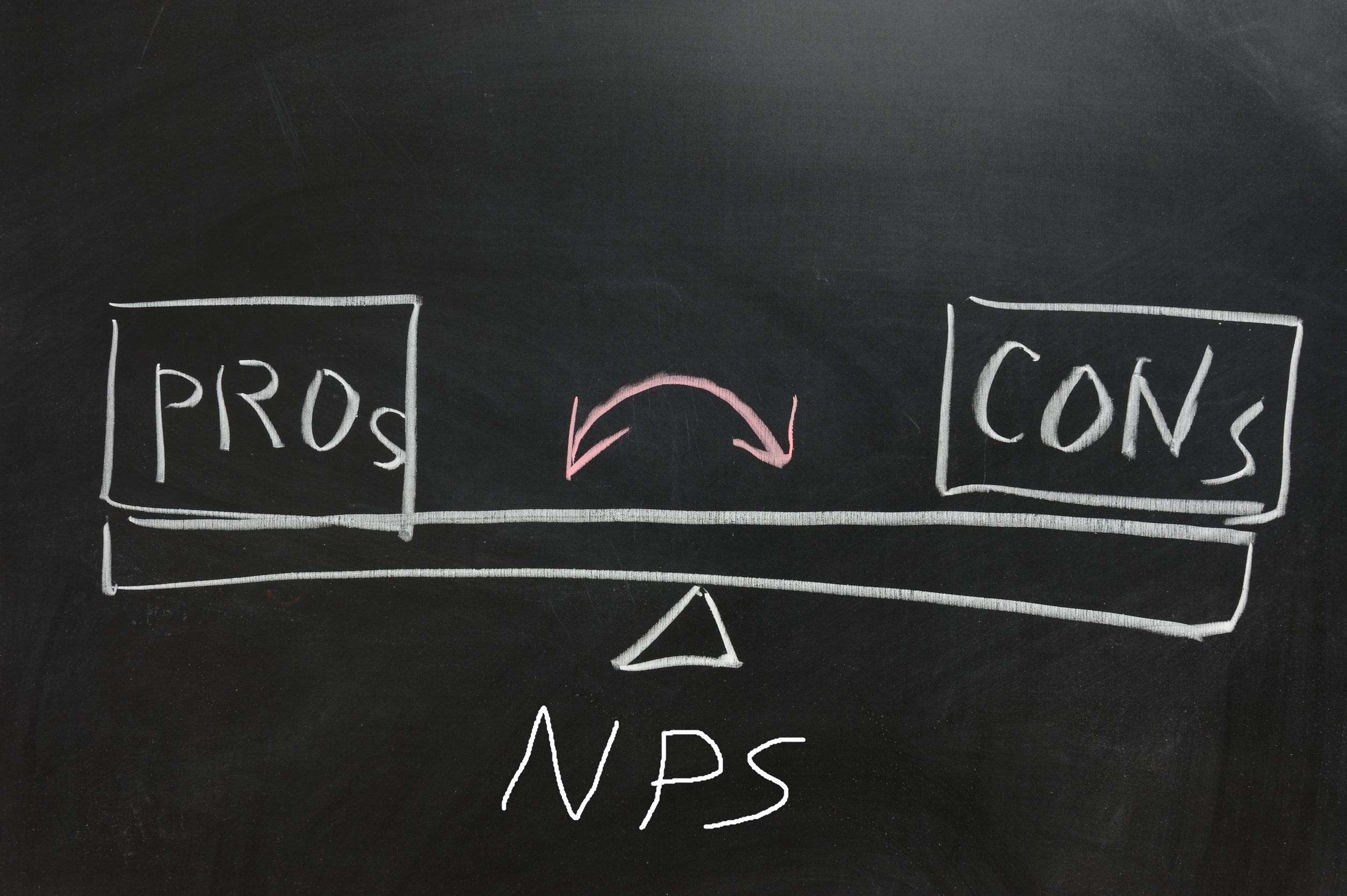When I first started at the Credit Union (last century), member survey time was a big deal every year. Ah, those were exciting times: focus groups, phone calls, mass mailings, all to get the responses needed to understand how our members felt about the products and services they were receiving from us.
Times have changed since then, and with the arrival of email and smartphones, there is a much better way to ask for feedback. If you’re still using the U.S. Postal Service to deliver your member surveys, you’re missing the boat!
Advantages of Email over Snail Mail:
- Access to Millennials
Credit Unions became aware of these creatures about five years ago. They’re hard to catch, and I hear that they are spooked by paper mail of any kind. Connecting with one requires a steely resolve and an internet connection. You want to catch an impala, wait by the watering hole. You want to communicate with a Millennial, hit them on their smartphone.
- Immediacy of Feedback
Sending email surveys means you can get much faster (and, therefore, accurate) feedback from your membership. The more time that elapses between the interaction and the request for feedback, the more the memory fades, and the answers become less reliable.
- Better Response Rate
It’s not uncommon for email surveys to have 4-6 times better response rates than snail mail. It’s just so much easier for someone to tap a few answers on their phone screen, or click a few boxes on their computer than it is to fill out a paper form, put it in an envelope and mail it back. - Much Lower Cost
The U.S. Government still charges to deliver mail, but they haven’t figured out a way to charge for email delivery. Until that happens, email surveys are significantly cheaper to send out. Besides, with a 1-2% response rate from paper mail, it feels wrong to mail out 100 paper forms knowing 99 of them are going to end up in the “round file”.
Some may say that older members won’t be heard if you only email surveys. If you feel that way, you aren’t paying attention. Seniors are ravenous smartphone users. Look around you the next time you go out to dinner, or spend some time in a coffee shop. People of all ages are using smartphones constantly. They’ll check their email and answer—probably more promptly than plenty of 40 year-olds out there.
Email surveys cross all boundaries now, age and socioeconomic alike, and can give you a representative view of what your membership thinks. The millennial reach, immediacy, better response rate, and lower cost far outweigh the fact that you may not quite be able to reach *every* member any longer. If you’re counting on paper mail surveys to make decisions that affect your membership—you’re not getting the whole picture.





